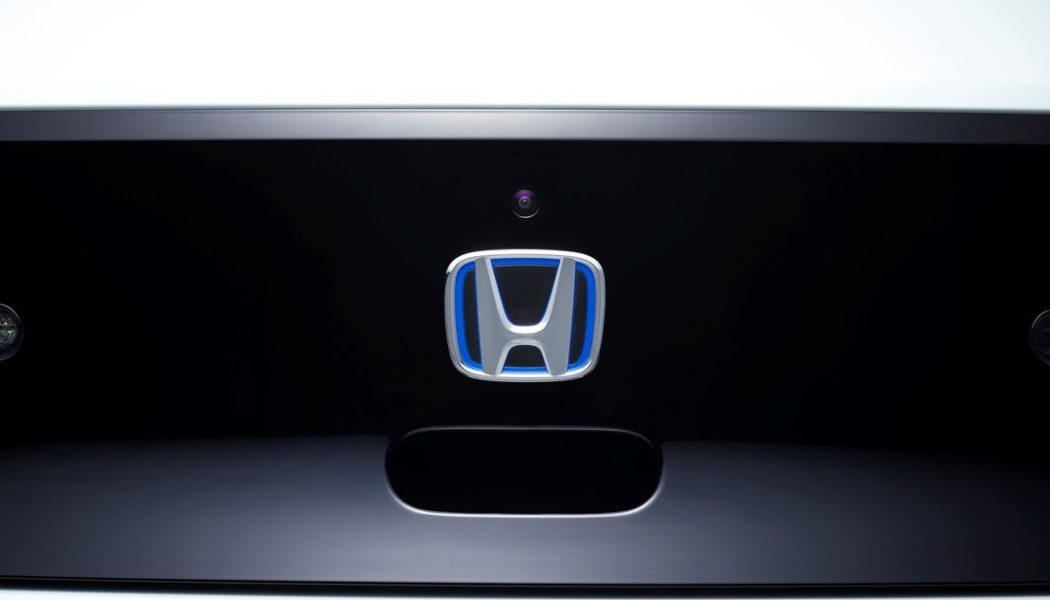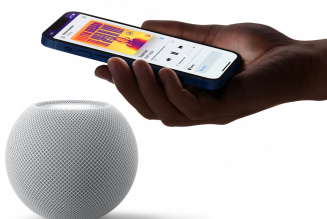
Honda is increasing its research and development spending in three futuristic areas: rockets, robots, and electric vertical takeoff and landing aircraft (eVTOL), otherwise known as flying cars.
The automaker will spend $45 billion (5 trillion yen) on R&D over the next six years. But Honda won’t say what fraction of that amount will be spent on developing rockets, robots, and flying cars, nor even if it plans on pursuing those projects as commercial businesses.
In fact, Honda sees robots, rockets, and eVTOL aircraft as an extension of its main business of manufacturing automobiles. If the company can get a better electric vehicle platform out of it, for example, then it will be worth the investment. Basically, it wants to see if it can make working prototypes before taking the next step.
“Core technologies in these areas are connected to our existing businesses,” said Marcos Frommer, head of corporate communications for Honda, in a briefing with reporters, “and we are pursuing these new areas as an expansion of our core business as a mobility company.”
Honda says it’s looking into eVTOL aircraft that could be used as part of an urban taxi service. But unlike most startups that are building lightweight, multi-prop vehicles that run on lithium-ion batteries, Honda says it will pursue a hybrid solution “as a means to realize the range desired by our customers,” Frommer said.
Honda says that pure battery-electric aircraft will only be able to achieve a maximum range of “several 10s of kilometers,” he said. By using gas turbines to supplement an electric motor, Honda says it will be able to achieve a range of up to 250 miles, enabling more commercially viable trips, like between Boston and New York City.
Honda says it will make a decision on whether to pursue a commercial air taxi service “before 2025,” with the aim of obtaining regulatory certification and launching a new service by 2030.
Honda isn’t the only automaker to express interest in eVTOL. Others, like Toyota and GM, have also invested in prototypes and concepts.
The aim of its robotics division is to develop “multi-fingered hands” that can pick up and grip certain objects. Honda is researching how to do this through remote operation, in which a human wearing a VR visor and a connected glove can operate the robotic hand.
Honda is a pioneer in the field of robotics, having developed Asimo, one of the first robots to walk on two legs. The automaker ceased production of Asimo in 2018 in order to focus on using the technology for more practical use cases in nursing and road transport.
Honda envisions white collar using its “Avatar” robots with digital screens in place of a face to remotely attend meetings and even interact with physical objects. This will allow people to live where they choose without constraints of workplace obligations, the company said.
Lastly, Honda is hoping to put its work propulsion, guidance, and control technologies to work on a “reusable rocket” program, Frommer said. The automaker started developing rocket technology in 2019, he added. “If we can use such rockets to launch small low orbit satellites, we can expect to evolve our core technologies into various services, including connected services,” he said.
How successful any of these research projects will be remains to be seen. The auto industry is going through a huge shift right now, with most of the major companies vowing to phase out gas-powered vehicles in favor of electric ones. Honda is no different, vowing to stop selling internal combustion engine vehicles by 2040. This will be an incredibly costly project, and risky too, as consumers in the US have been slow to adopt electrification.








